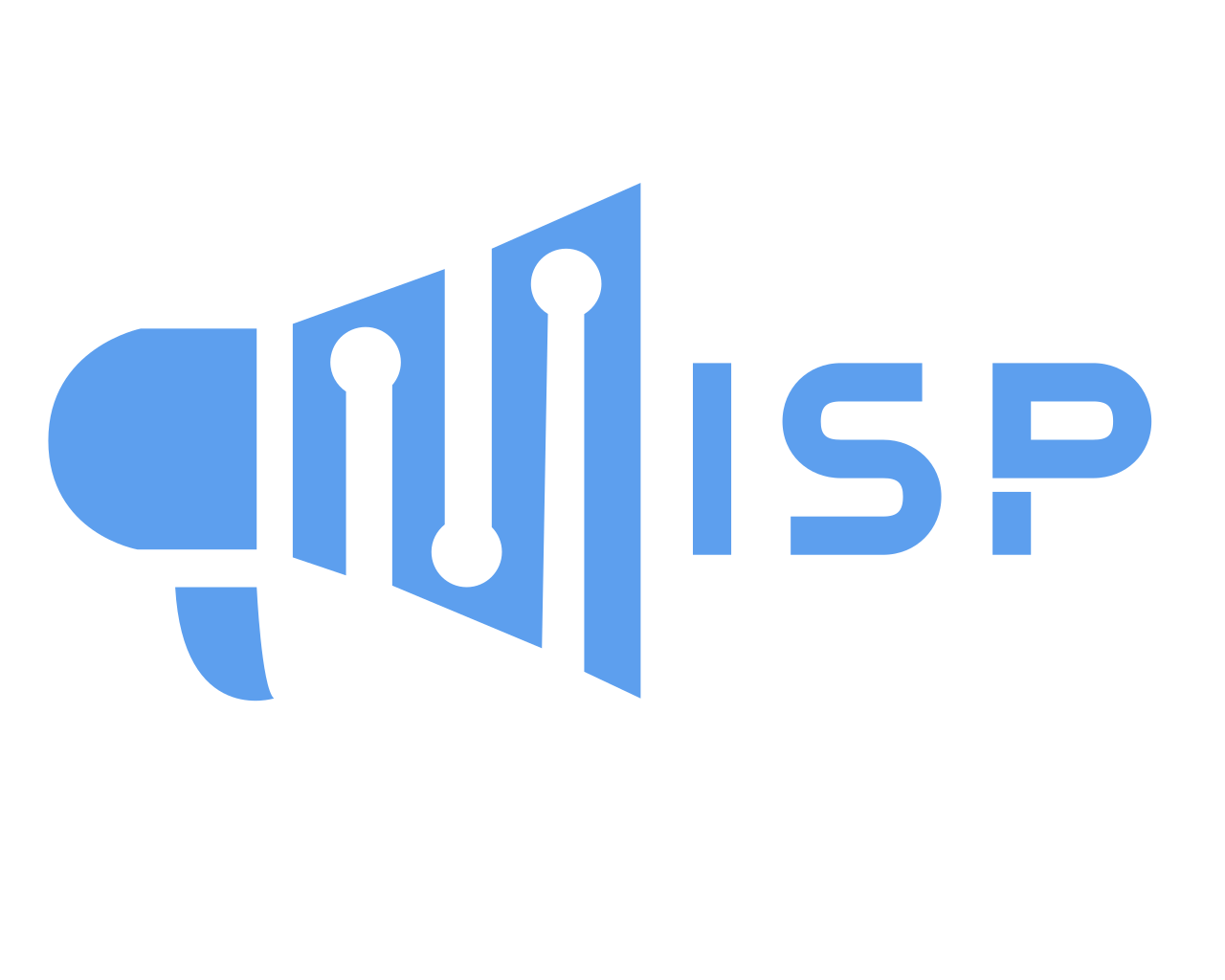Benefits of Great Pay Per Click Landing Pages
In our previous blog post, “Landing Pages for Google Ads,” we delved into the concept of a moving target, which underscores the dynamic nature of Google Ads. We also explored the significance of understanding user intent in the realm of search engine marketing for Google Ads. This understanding is not just important; it’s mission-critical regarding pay-per-click landing pages. The benefits of crafting exceptional landing pages tailored for pay-per-click ad word groups and campaigns are manifold. They can be a game-changer for your digital marketing budgets, leading to substantial cost savings. By achieving a high ad quality score, your Ad Rank is bolstered, thereby increasing your share of search impressions and the frequency with which your ads are served. In essence, great landing pages can lower cost-per-click and cost-per-acquisition and boost conversions.
Types of User Intent
Few companies have the luxury of a dedicated performance marketing expert outside of enterprise-level marketing organizations. However, the steps to success for great landing pages are the same for everyone. Start by defining user intent to maximize ad quality scores. Fortunately, there are only four categories of intent: informational, navigational, commercial investigation and transactional. First, informal intent describes search engine users looking for information like “how to make great landing pages.” Next, navigational intent describes users looking for a specific webpage. Commercial investigation groups people searching for pre-purchase comparisons like “best flatscreen TV.” Finally, transactional intent makes up most of e-commerce – these folks are ready for the shopping cart.
Call-to-Action and User Intent
Now, you are ready to create great PPC landing pages with a sense of intent. Let’s get back to the concept of building great ppc landing pages within a digital marketing budget. Think of yourself as a gardener: some plants need full sun while others need partial shade. Think of the needs of your targets and write for them. First, CTA’s need to be a part of your PPC ad. Next, the CTA on your ad needs to match the CTA on your landing page. Finally, the CTA on your ad and landing page needs to match intent. Keep your landing page content focused on your keywords and your headers focused on your CTA. Monitoring traffic will help you make data-driven choices, and we’ll discuss that next time. Until then, good luck!
